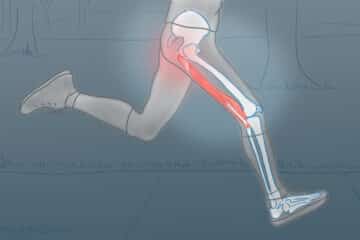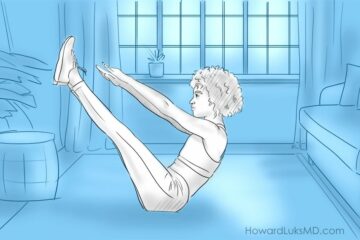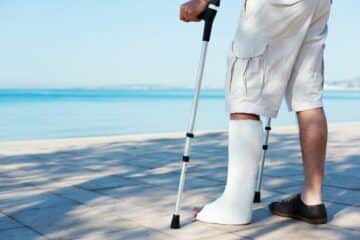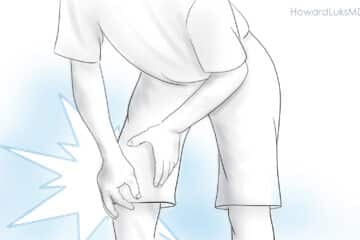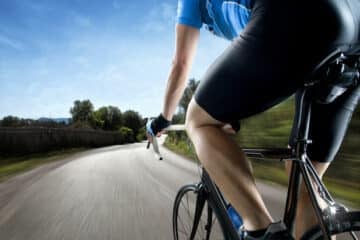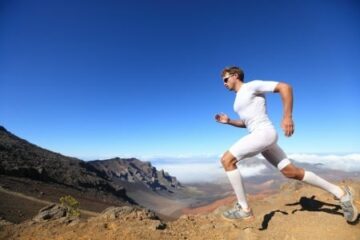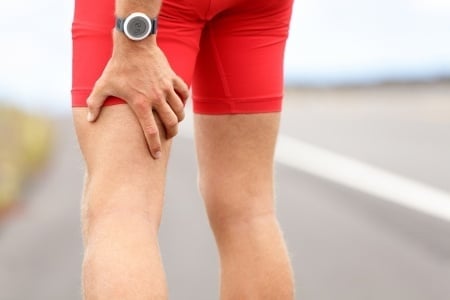
Are we letting our athletes return to sports too soon after a serious hamstring injury?
Hamstring injuries are quite common in sports involving sprinting and jumping. A major problem associated with hamstring injury is the risk of reinjury. The precise time to return an athlete to sports after a posterior chain injury is unknown. Hamstring injury recovery varies dramatically based on the nature of the injury and the athlete. Determining when an athlete can return to sports is not always easy to determine. With our current treatment “protocols” it appears that we might not be allowing athletes to recover long enough. Recent literature shows that there is a significant risk of reinjury when current return to sports criteria are utilized.
One of our major concerns following any significant hamstring injury is the risk of reinjury. A reinjury puts the patient at risk for a longer hamstring recovery and an even higher risk of another injury in his/her career. Following multiple hamstring injuries the risk of developing permanent weakness or pain is also much higher. It becomes harder and harder to rehabilitate a hamstring that has been injured on multiple occasions.
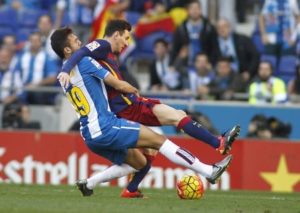
Recent data shows that the hamstring reinjury occurs:
- at the same site as the original hamstring injury.
- The average time to hamstring reinjury is 60 days.
- The time to reinjury following return to sports was only 4 weeks.
- Reinjury can occur up to 2 years after the original hamstring injury.
- Worst of all… the hamstring injury is often worse by MRI than the first injury.
In order to minimize the risk of hamstring reinjury, it is therefore important to prevent the initial injury and begin specific exercises and training programs known to reduce the incidence of hamstring injury.
There is little data to support static stretching (bend over and touch your toes) to prevent hamstring injuries prior to a match. A proper warm up includes jogging, short runs, and sport specific movements to warm up the muscles.
The Nordic Hamstring Stretch has been shown to decrease the risk of hamstring injury by up to 60%. In addition, posterior chain strength training has been shown to decrease the risk of injury as well.
Given the current research on exercising/nordic stretch to prevent hamstring injuries we should endeavor to incorporate this into the your club’s training or skills clinics to minimize the risk of developing your first injury. Once an injury occurs, the injured athlete should be capable of performing the nordic stretch (it’s not easy to do) prior to being allowed to return to sports.
As with the literature on ACL injuries, reinjury is a significant issue that will lead to significant downtime, and suffering. A focus on hamstring injury prevention, and proper rehabilitation of an injury prior to return to sports should be encouraged to minimize the risks.



